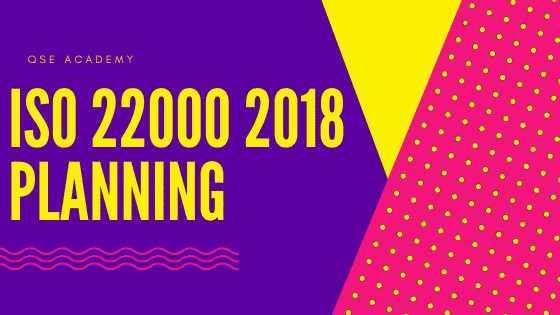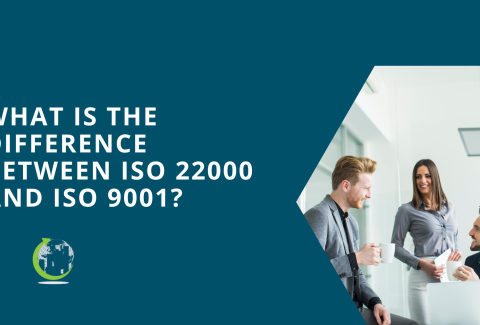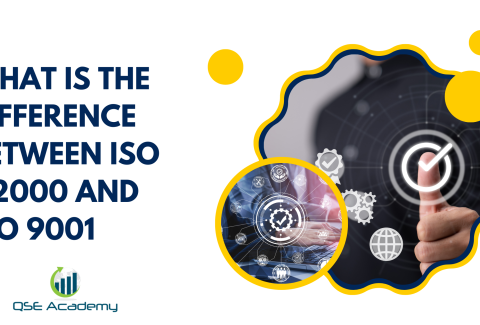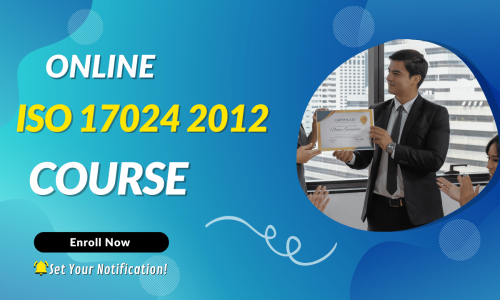ISO 22000 2018 Planning
The ISO 22000 2018 Planning is defined by several components; one of those key components is opportunities and risks. This section is all about the framework that outlines how organizations should analyze themselves and determine the opportunities and risks that arises from their activities and the best way to address them:
Let’s get started!
The only way to get a clearer understanding of the potential opportunities and risks is by conducting a thorough assessment of the expectations, context, and needs of interested parties. You need to ask yourselves an array of questions based on the following aspects:
– What you’re trying to achieve
– Things could prevent you from achieving your goals
– Ways of addressing these issues
– Ways of turning risks into opportunities
– How to make opportunities to improve the situation
– The person or teams responsible for executing specific actions
– Techniques for determining the effectiveness of the actions
You need a robust action plan if you want to successfully address the opportunities and risks and achieve all your food safety goals.
Start by planning all actions you set to address a range of identified opportunities and risks and then proceed to devise a way to integrate them in your FMS, implement them and eventually evaluate their effectiveness.
There are two types of risks involved at this point: food safety risks and; risks that can affect your FMS and make it lose its effectiveness and productivity.
ISO 22000 creates a distinction between the two forms of risk management; the first risk merely focuses on operational levels while the second can be controlled via the creation and maintenance of COPs, OPRPs, and PRPs. The second form of risk management may also entail emergency preparedness as well as those risks that may affect the whole management and can have an influence on food safety.
The latter risks are those that stand a chance of happening but there are no historical records that show their likelihood or if they happened then it was a sporadic occurrence. This way, recurrent events are ignored instead of being considered to be organizational risks and must be duly controlled by a set of corrective actions.
ISO 22000 2018 PLANNING Goals
Standards require that a set of realizable food safety goals be put in place and their progress should be measurable after a given period to demonstrate continuous improvement.
The goals should be:
– Measurable
– In line with the country’s food safety policy
– In line with enforceable food safety requirements
– Communicable
– Verifiable and easy to monitor
– Maintainable and easy to update
– Documentable
– Realistic
– Achievable
The best and most effective way of communicating food safety objectives to relevant parties is to incorporate them into the induction training. They can also be displayed on the website or electronically propagated around via the intranet or similar technologies.
How do you establish adequate goals for your organization? The best guide can be the SMART way.
– Specific and as precise as possible
– Measurable and easily quantifiable so that you can track the progress
– Achievable (failure is not an option here)
– Timely, with an explicitly stated completion date
The action is well as dead without the following:
– Things to be done
– A list of the required resources
– The person or team responsible for various tasks
– The completion time
– Methods of evaluating the results
Unless you have a copy of this information, you need to put this matrix somewhere where you can revisit it for clarification purposes
For now, QSE Academy suggests reading other materials produced on our website. You could also check out our packages for instructions and tips.
Looking for More Resources on ISO 22000?
If you found this article helpful, explore our premium resources designed to help you achieve ISO 22000 certification efficiently:
- Complete Documentation Package for ISO/IEC 22000 2018: Get all the essential templates and documents you need for fast, easy implementation.
- Online Course on ISO/IEC 22000 2018 : Enroll in our comprehensive training to master the key concepts and practical steps toward certification.
- ISO/IEC 22000 2018 Checklist: Download our detailed checklist to ensure you’ve covered every step of the process.
These resources are tailored to meet your needs and ensure a smooth certification journey. Explore them today and get one step closer to success!

















